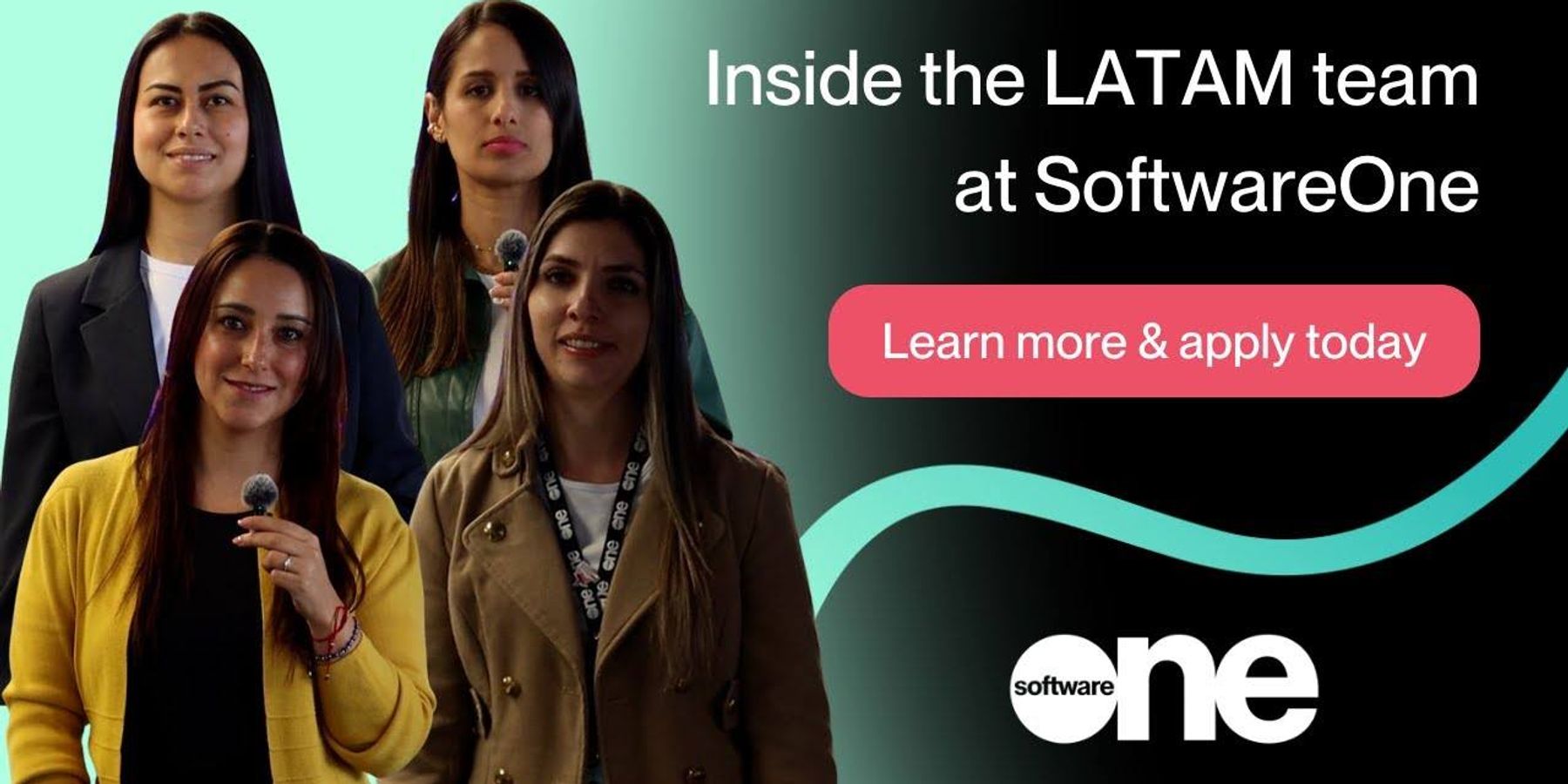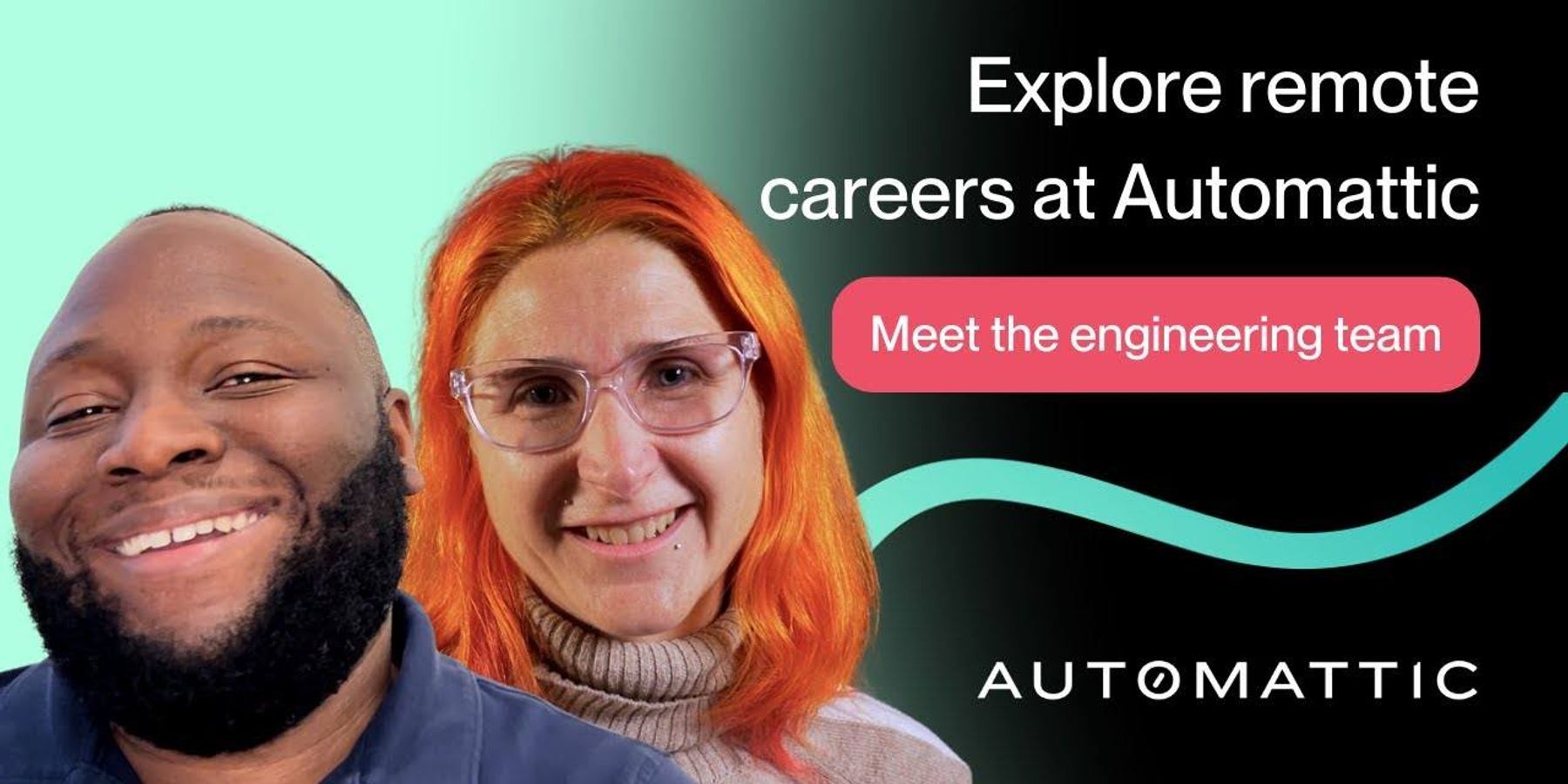If you’ve landed on this article, it’s safe to assume that you’re considering a career transition. You’re not alone! 70% of surveyed people are looking for a change! Maybe you're experimenting, exploring, or you’re plain bored with what you’ve been doing for the last 10 or so years. You could also just be searching for better opportunities, or a more lucrative career. Whether you’re making a midlife career change or transitioning while still in your 20s, we know there’s going to be some anxiety. After all, you are stepping out of your comfort zone into a new industry; it’s a whole new world (literally).
Don’t worry! We promise, as always, that we are here to help you. A career transition doesn’t have to be scary.
The first step to this preparation is preparing a strong case for yourself, and that’s why you’ll need a resume geared for a career transition. Unlike your standard resumes, a career transition resume showcases what you’ve done, what you can do, and what you want to do next, all geared for a transition.
How?
Build a star career transition resume
First things first – pick a format.
When making a career transition resume, we could pick from the following formats:
- Chronological: These resumes are the most common and it’s probably the format your resume is already in; you list out your work experience in the order of when they happened. The drawback is sometimes these resumes do not highlight our skills, the reason behind a career transition, or even our ability to transition to a new job.
- Functional: Here, the focus is more on skills than on experience. You would start by listing your abilities, any past measurable results, and how they might help with the new job. Here, even the experience is listed after the skill set and then compliments it.
- Hybrid: As the name suggests, this approach is a bit of both! We are mentioning past experience, but also highlighting skills for the new job. Past accolades, but also any new certifications and learnings in accordance with the new job you’re seeking. This can feel like the most balanced approach for a career transition resume, but it’s also the trickier one if done incorrectly. So, here’s how to do it right!
Prepare for the “Why?”
If you’re planning on making a career transition resume, prepare for the “why.”. This question, if unprepared for, can throw us off balance and make us look nervous or unclear.
Address the elephants in the room – all of them. Strategically position your skillset and past work experience to showcase your capabilities and utility in your new potential job.
Use this question to your advantage. Highlight your “why” and present it at the forefront with a concise professional summary.
Creating the professional summary in a career transition resume
A professional summary (or CV objective summary) is a short paragraph of about 100 words, which includes your professional journey so far, your skills, achievements, as well as your intent to change careers.
Example:
Let’s say you’re a marketing professional looking to get into a tech role. Your summary might sound something like this:
“Marketing specialist with six years helping brands take their stories to their customers, looking to take up a product development role. Insight into marketing, customers, and the B2B industry, coupled with my analytical and business management skills, will help me develop products while keeping the customer and the brand in mind. Keen on learning and experimenting with new tech.”
Once you’re happy with your professional summary, you’ll want to dive deeper into our skillset.
The correct order for presenting skills
- Hard skills: This is the technical know-how that you’re bringing to your new job. These become important when the new career you're transitioning to is of a similar profile and in the same industry.
- Transferable skills: In case you don’t yet have any hard technical skills that can be used in the new job, you’ll want to highlight transferable skills. As the name suggests, these are skills that can be used across multiple jobs, for instance, knowledge of MS Suite, familiarity with a coding language, etc. Here are 45 transferable skills to add to your resume.
- Soft skills: Pay attention to your soft skills. Time management, leadership, interpersonal skills, and flexibility are what make the distinction among people with comparable skill sets. These are crucial skills for a successful career pivot.
Pro tip: You’ll end up highlighting different skills for different jobs.
Example:
A marketing professional switching to the job of a business coach would want to highlight their “branding expertise, business management, communication skills, time management, revenue generation, lead magnet creation, and understanding of the industry.”
However, a marketing professional switching to a tech job would highlight “team management, Salesforce, CSS/Java, data visualization, Python, SQL” first.
Special focus on upskilling
Naturally, you would need new skills, knowledge, and the right guidance for your new job. At PowerUp, we have a collection of seminars, courses, and workshops to get you to your desired new job faster. Find experts, mentors, peers, community, and your next opportunity right at PowerUp.
Bonus: You’ll get certificates and badges that further testify to your growth and learning!
Repackage your experience
Traditional resumes rely heavily on your current title with your employer. Somewhere after those titles, you get into the details of what so-and-so position means; however, in a career transition resume, it’s the other way around. We want to move from ‘titles’ to ‘tasks’ and ‘talents’.
Example:
It isn’t enough to say you were a brand manager at a cosmetic firm. If you are applying for an HR management role, you want to talk more about “handling a team of 50+ mid-senior executives, conducting quarterly review and feedback surveys and meetings, recruiting junior managers and executives, directly responsible for compliance and legal conflict resolution.”
Extra sections are extra-important
This is where your achievements, volunteering experience, hobbies, interests, and personality go. Tell your future employers about the languages you speak, any personal projects that you’re passionate about, the books you’ve written, and the books you’ve read. As with any resume, in a career transition resume, you’re creating a curated view of your professional skills and potential, so keep that in mind.
Ideally, you want to highlight courses and achievements that fit in with our new job, but it can help recruiters to see the human side too!
Time to test and optimize!
Optimizing your career transition resume with the right keywords that a recruiter would be searching for is a smart way to land on top of their search. It’s a good idea to test out your resume once you’ve made it. On PowerToFly’s job board, you’ll find job postings, helpful tips, and a platform to comfortably boot your job hunt.







